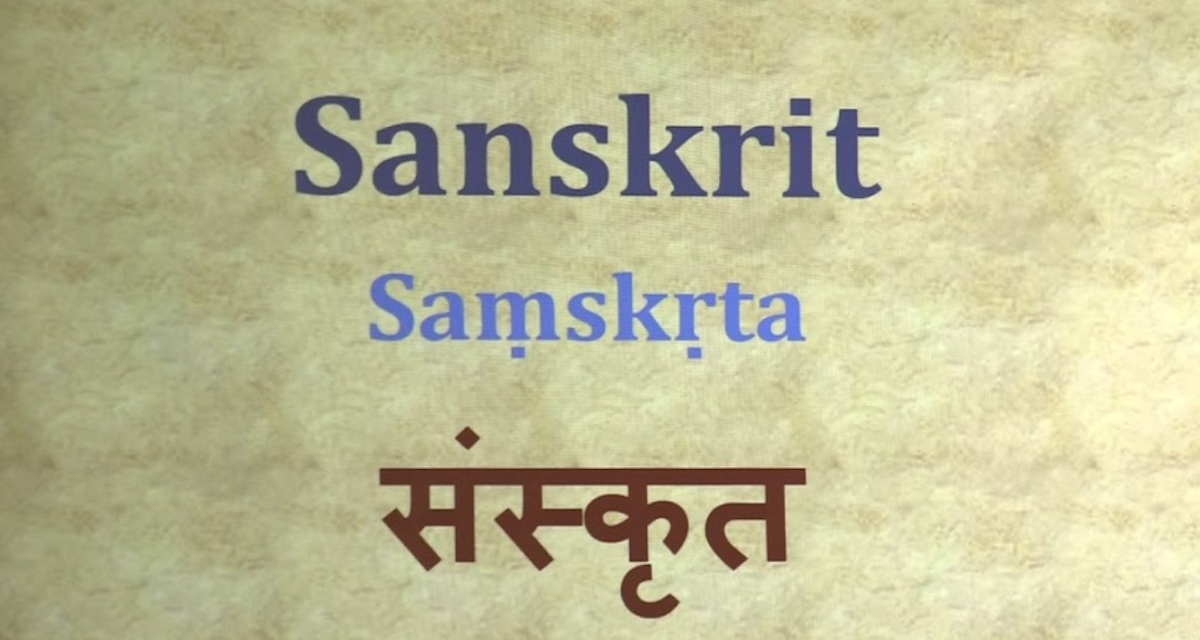Sanskrit Basics - Introduction to Classical Sanskrit Language

What is Sanskrit?
Sanskrit (संस्कृत) is one of the oldest languages in the world and the classical language of India. It is the liturgical language of Hinduism, Buddhism, and Jainism, and has been used for thousands of years in religious texts, philosophical works, and classical literature.
The Sanskrit Alphabet
Sanskrit uses the Devanagari script, which consists of:
Vowels (स्वर - svara)
- अ (a), आ (ā), इ (i), ई (ī), उ (u), ऊ (ū)
- ऋ (ṛ), ॠ (ṝ), ऌ (ḷ), ॡ (ḹ)
- ए (e), ऐ (ai), ओ (o), औ (au)
Consonants (व्यंजन - vyañjana)
- क (ka), ख (kha), ग (ga), घ (gha), ङ (ṅa)
- च (ca), छ (cha), ज (ja), झ (jha), ञ (ña)
- ट (ṭa), ठ (ṭha), ड (ḍa), ढ (ḍha), ण (ṇa)
- त (ta), थ (tha), द (da), ध (dha), न (na)
- प (pa), फ (pha), ब (ba), भ (bha), म (ma)
- य (ya), र (ra), ल (la), व (va)
- श (śa), ष (ṣa), स (sa), ह (ha)
Sanskrit Pronunciation
Basic Rules
- Vowels are pronounced clearly - each vowel has a distinct sound
- Consonants are always followed by 'a' unless specified otherwise
- Aspirated consonants (kh, gh, ch, jh, etc.) have a strong breath
- Retroflex consonants (ṭ, ṭh, ḍ, ḍh, ṇ) are pronounced with the tongue curled back
Common Sanskrit Words
- नमस्ते (namaste) - Hello/Greetings
- धन्यवाद (dhanyavāda) - Thank you
- स्वागतम् (svāgatam) - Welcome
- शुभम् (śubham) - Good/Fortunate
Sanskrit Grammar Basics
Three Genders
- Masculine (पुल्लिङ्ग - pullinga)
- Feminine (स्त्रीलिङ्ग - strīliṅga)
- Neuter (नपुंसकलिङ्ग - napuṃsakaliṅga)
Three Numbers
- Singular (एकवचन - ekavacana)
- Dual (द्विवचन - dvivacana)
- Plural (बहुवचन - bahuvacana)
Eight Cases
- Nominative (प्रथमा - prathamā) - Subject
- Accusative (द्वितीया - dvitīyā) - Direct object
- Instrumental (तृतीया - tṛtīyā) - By/with
- Dative (चतुर्थी - caturthī) - To/for
- Ablative (पञ्चमी - pañcamī) - From
- Genitive (षष्ठी - ṣaṣṭhī) - Of
- Locative (सप्तमी - saptamī) - In/at
- Vocative (सम्बोधन - sambodhana) - Addressing
Learning Sanskrit
Why Learn Sanskrit?
- Cultural Heritage - Connect with ancient Indian wisdom
- Academic Research - Access original texts and manuscripts
- Spiritual Practice - Understand religious and philosophical texts
- Linguistic Interest - Study one of the most systematic languages
Learning Resources
- Online Courses - Many universities offer Sanskrit courses
- Textbooks - Start with beginner-friendly grammar books
- Practice Tools - Use our IAST converter and translation tools
- Community - Join Sanskrit learning groups and forums
Modern Usage
Today, Sanskrit is still used in:
- Religious ceremonies and rituals
- Academic research in Indology and linguistics
- Yoga and meditation practices
- Classical music and chanting
- Traditional medicine (Ayurveda)
Conclusion
Sanskrit is not just a language but a window into ancient Indian civilization, philosophy, and culture. Whether you're interested in religious texts, classical literature, or linguistic studies, learning Sanskrit opens up a world of knowledge and understanding.
For more Sanskrit learning resources, explore our comprehensive guides and tools designed to help you master this classical language.